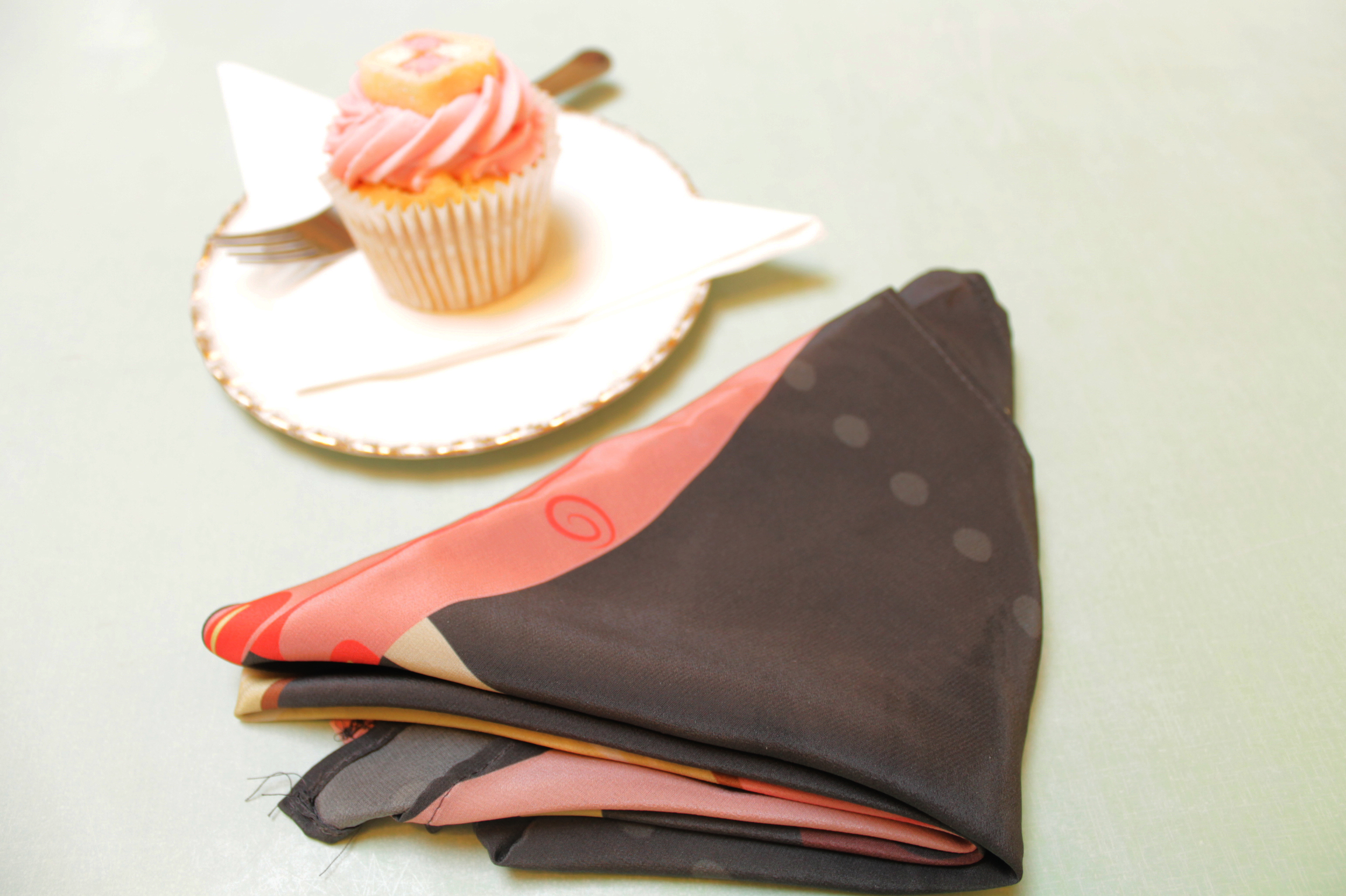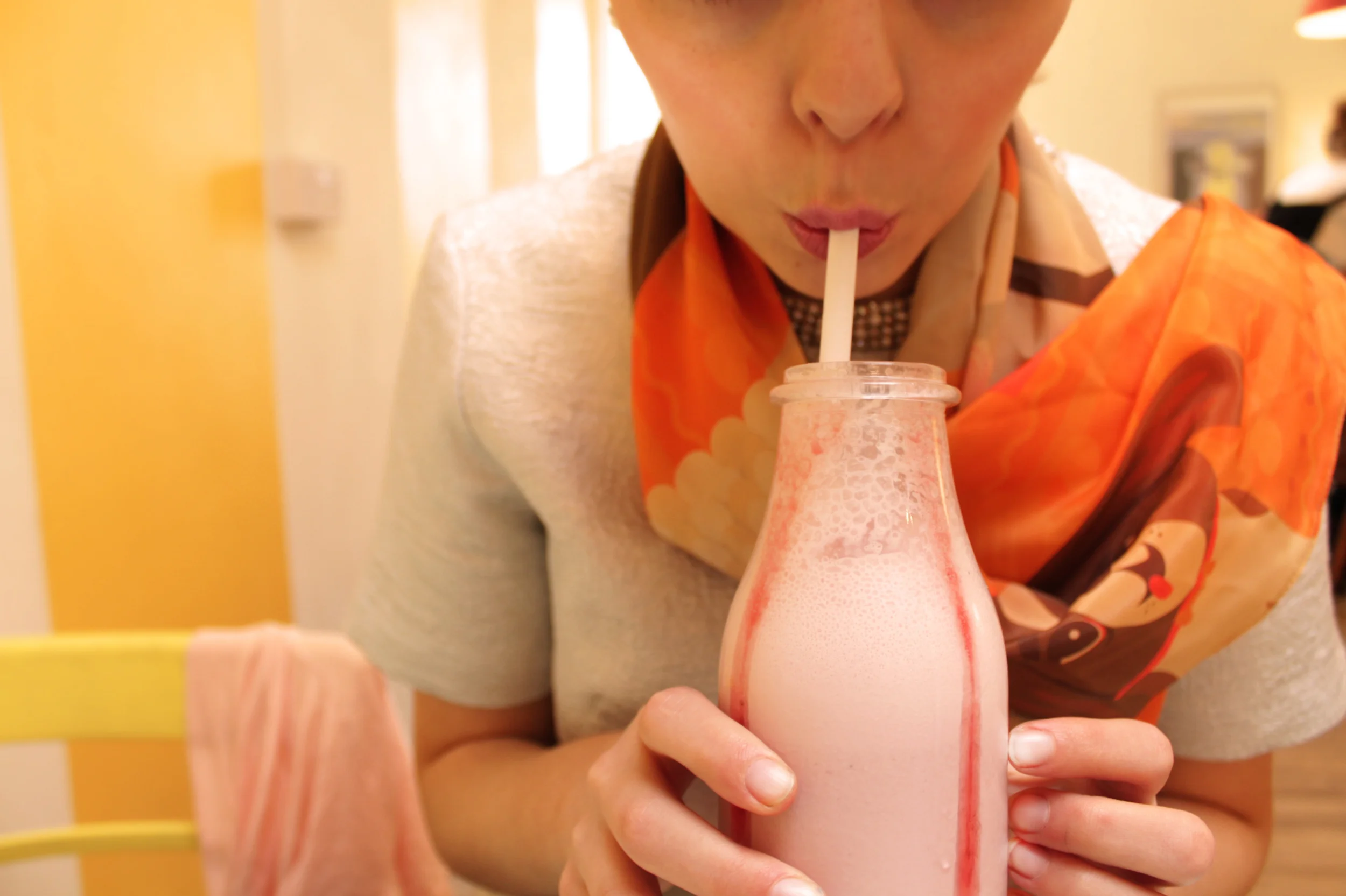Narrating the stories of vintage fashion
The brief
Wearable Histories is a personal project. Fashion is often thought to be the ultimate form of identity and self-expression. Our clothes tell personal narratives without us always knowing. We believe that vintage clothing has the potential to express even richer narratives due to the way they have been passed from wearer to wearer. This causes messages to be layered over time. What is so interesting to us is their exquisite details and teachings of a bygone time. They have a mysterious and elusive quality. They are wearable histories.
The aim was to immerse the audience is a world of whimsical narratives and make them ponder over what vintage treasures they might own. We live in a fast-paced world with a throw-away culture. These should be more awareness of the lasting quality of vintage clothing and the stories it can teach us.
The book
As vintage fashion covers a vast period, this book focuses on arguably the most revolutionary decades for fashion. The 1950s and 1960s marked huge changes in fashion that rippled into the modern day. All the fashion objects featured in the project have been collected by ourselves, passed down from family members and purchased at vintage fairs and stores.
So the next time you slip off your shoes or try a jacket on for size. Ask yourself, what personal narrative am I telling today?
The book is hard-bound, measuring 33cm x 28cm and is visually rich with a beautiful range of mixed-media illustrations.
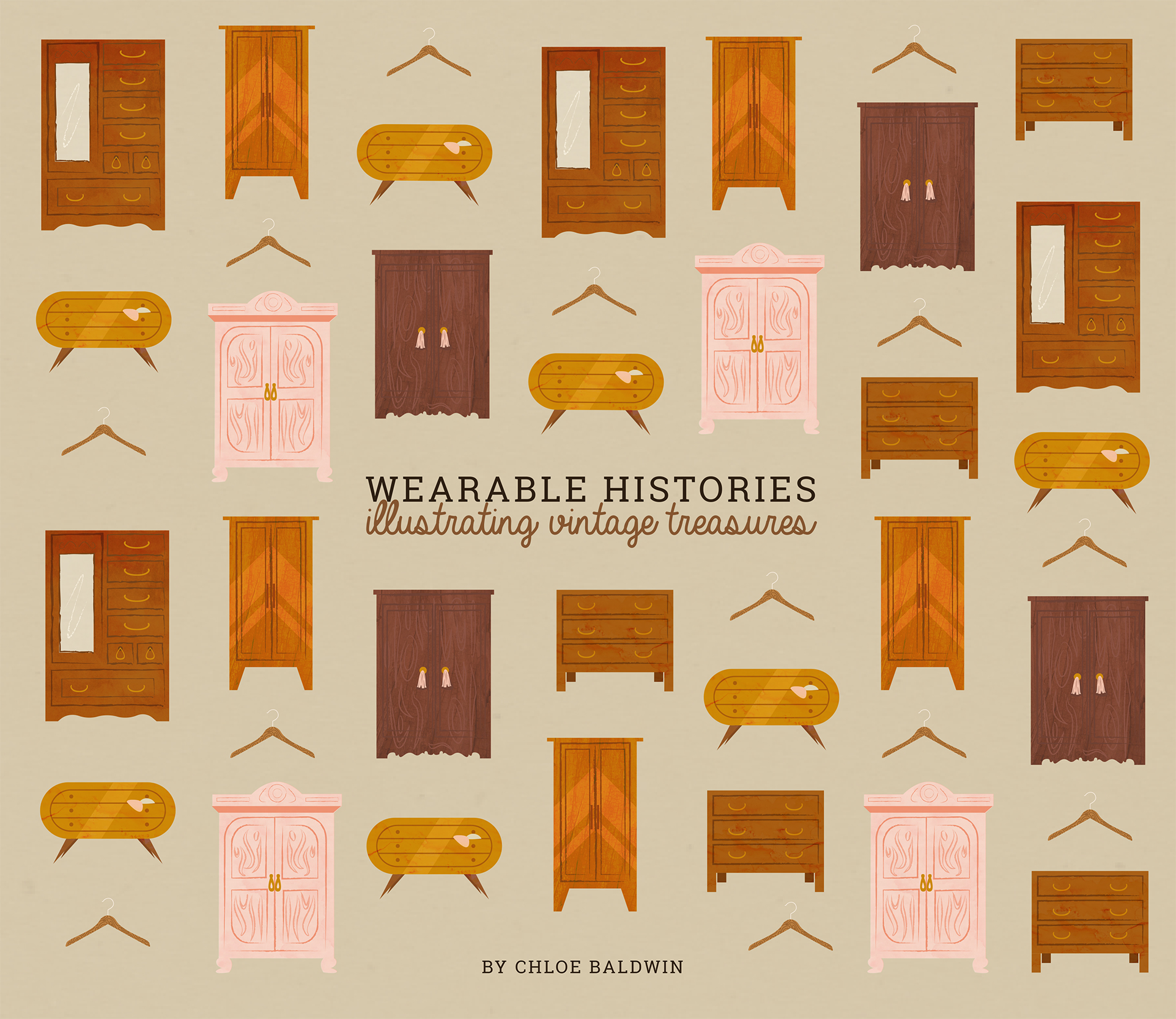



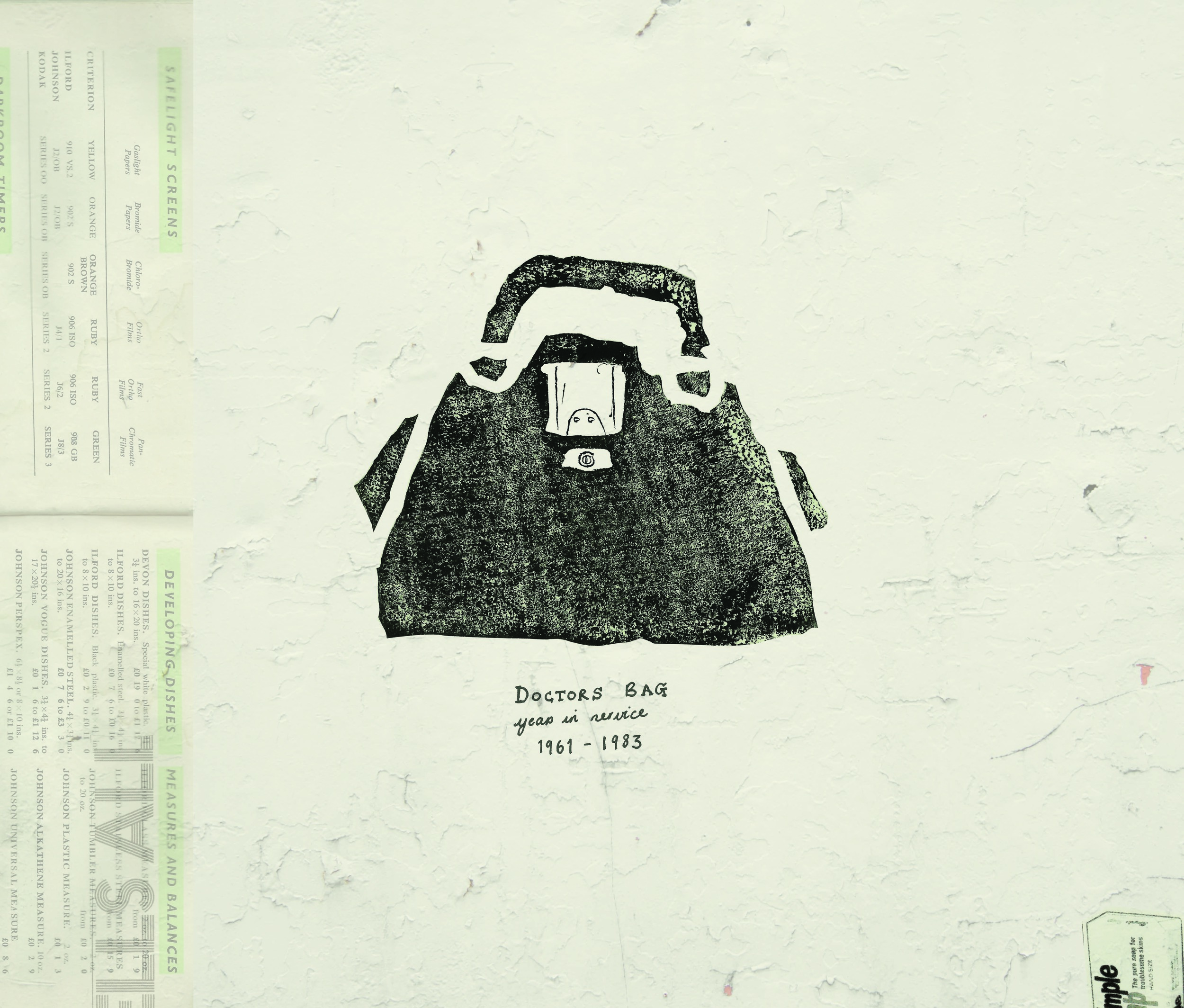
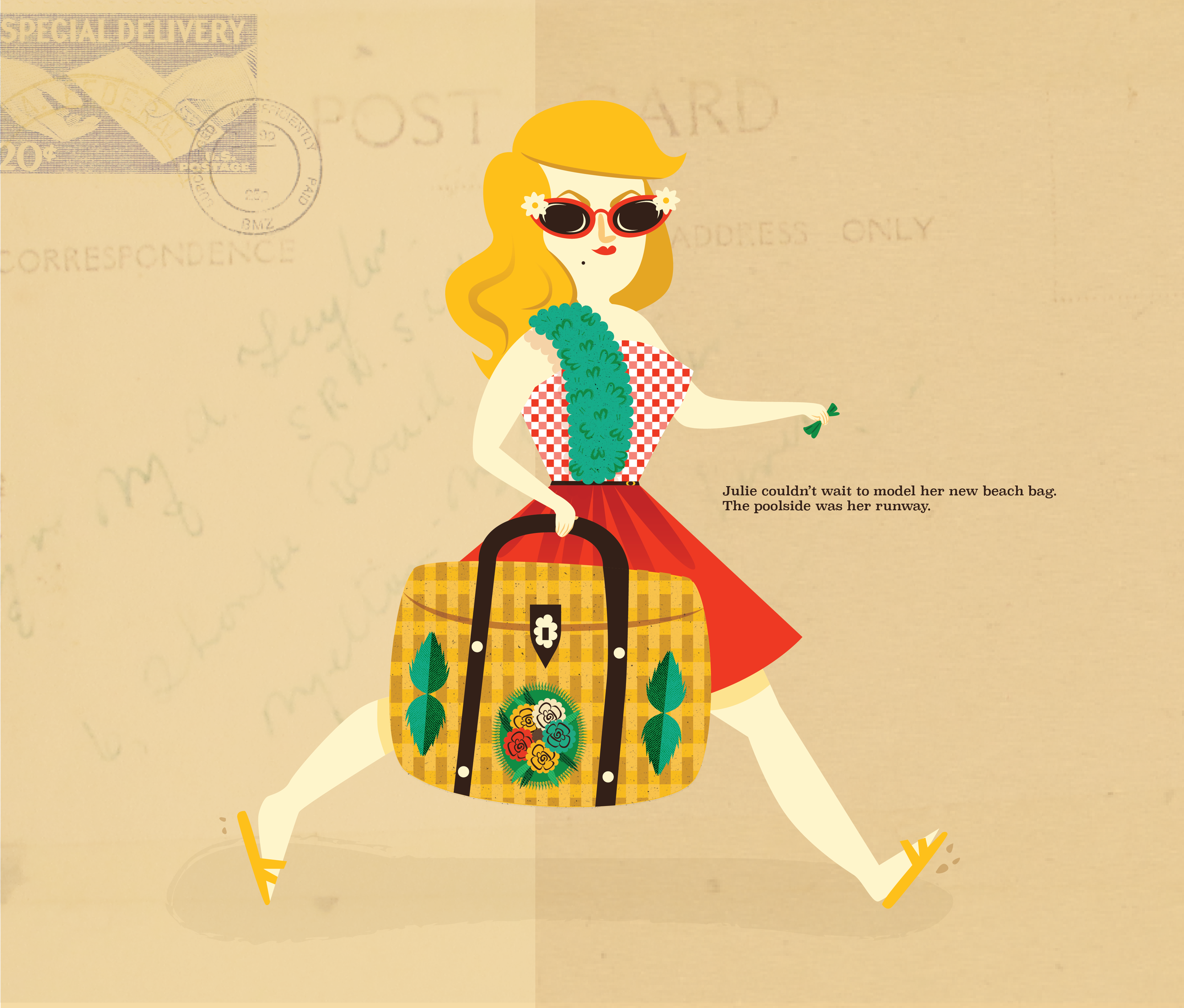
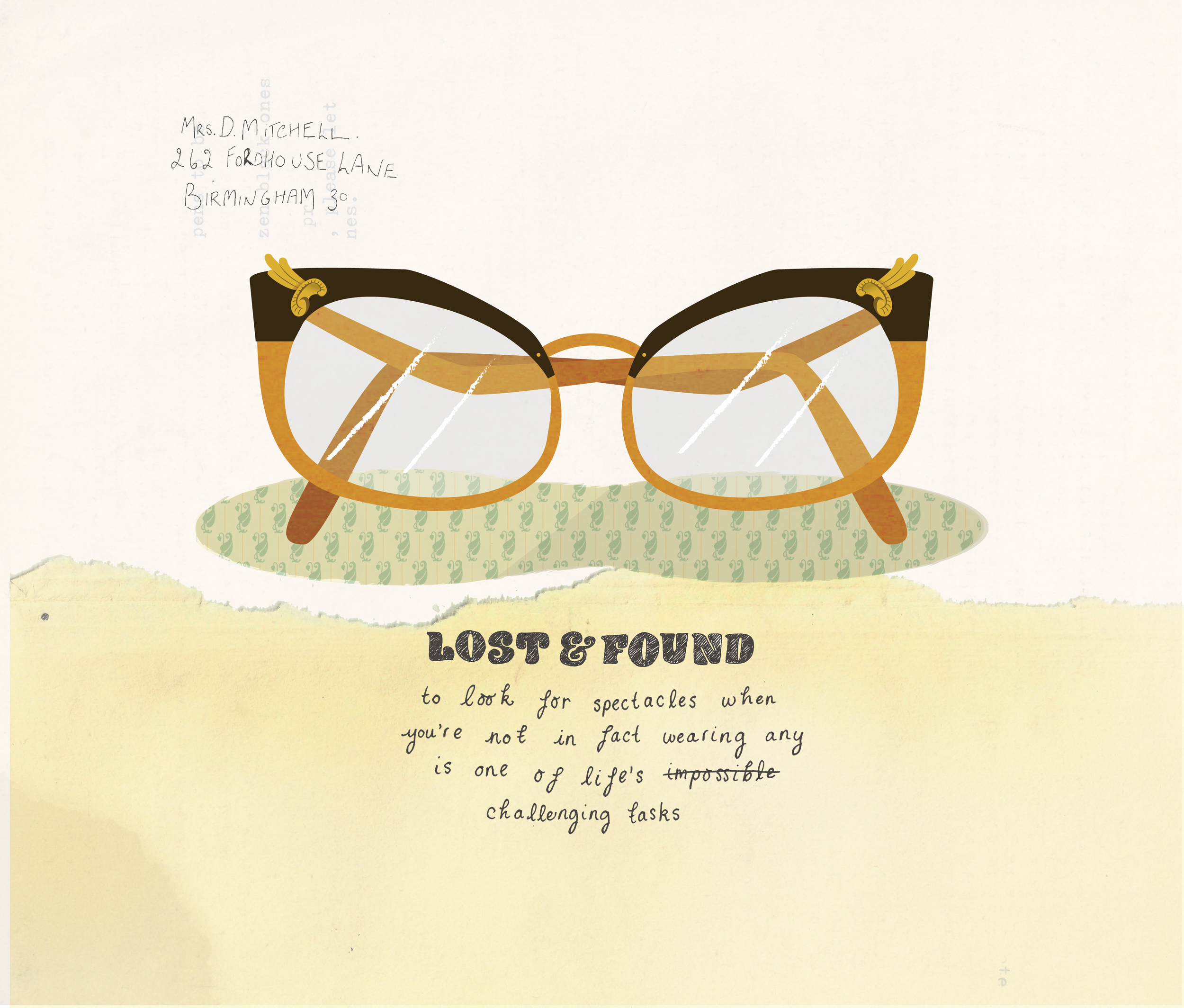
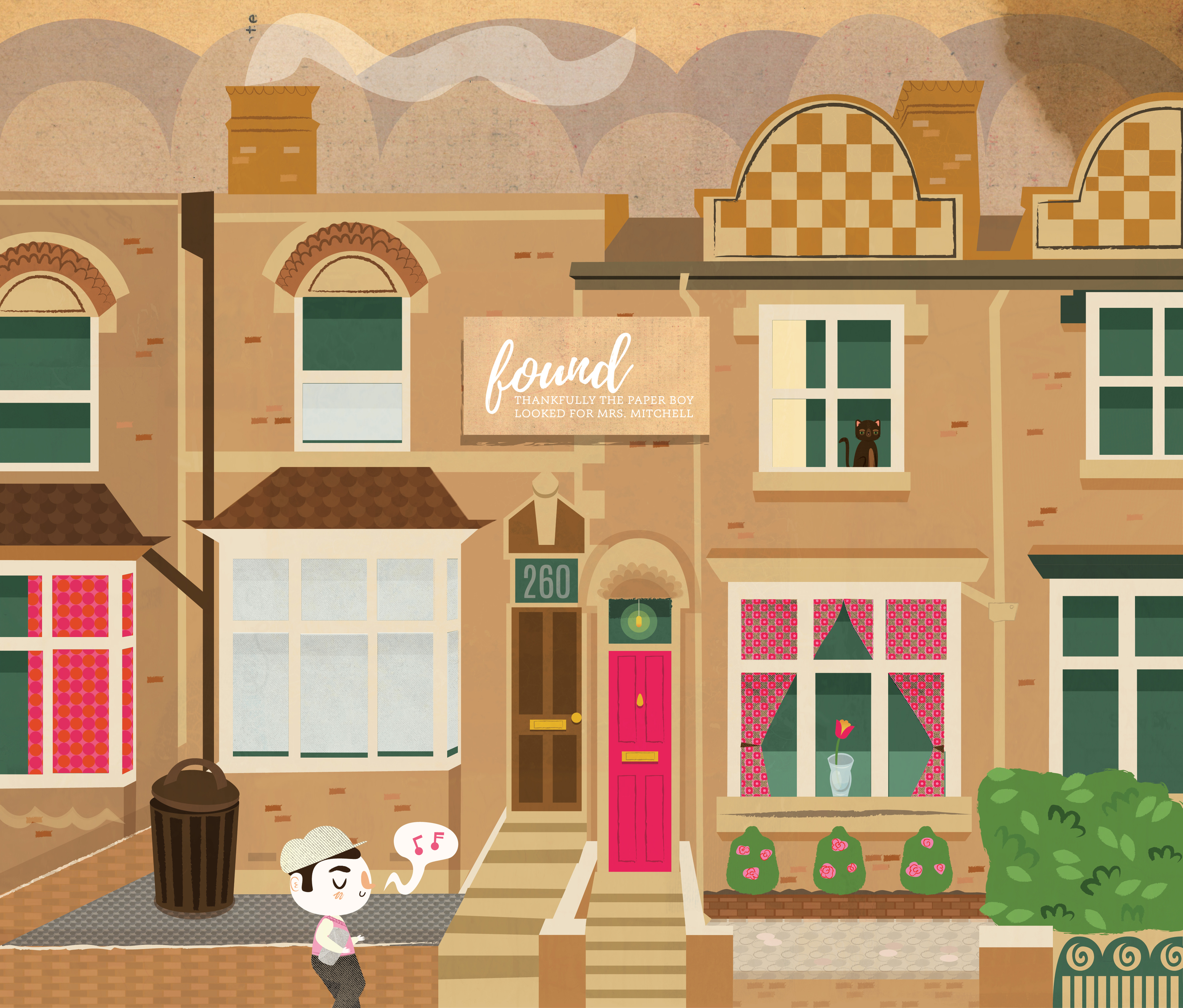

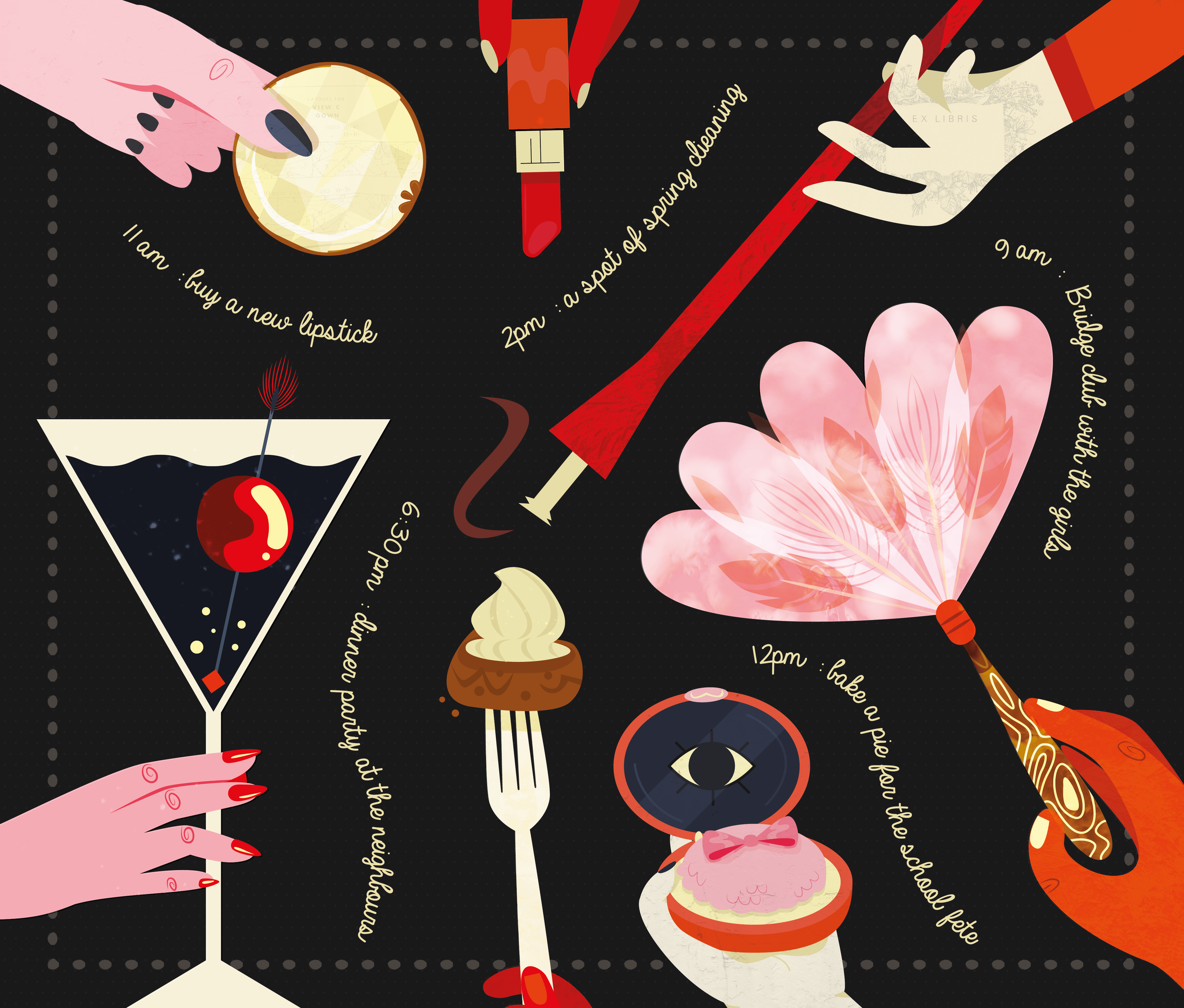
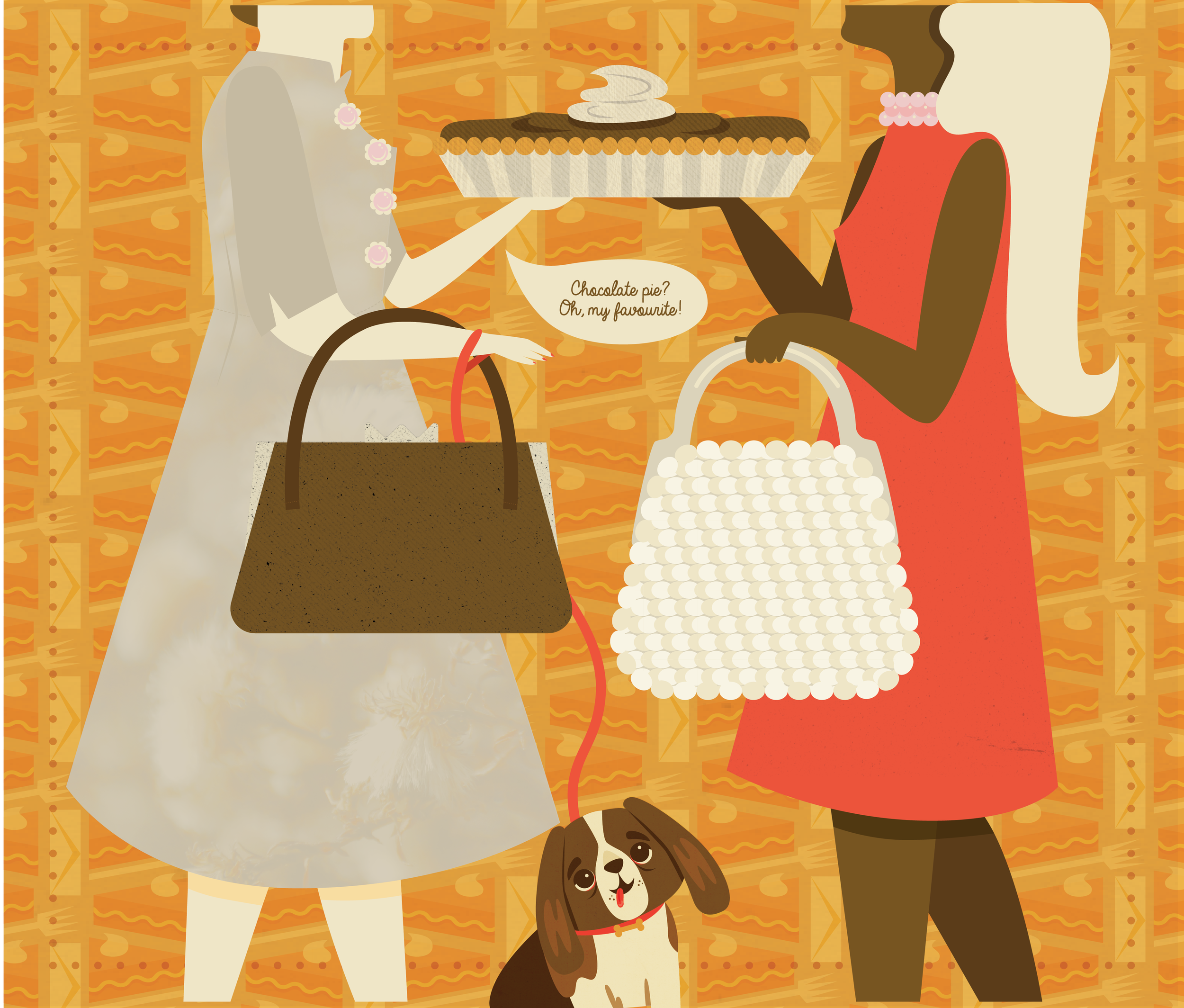
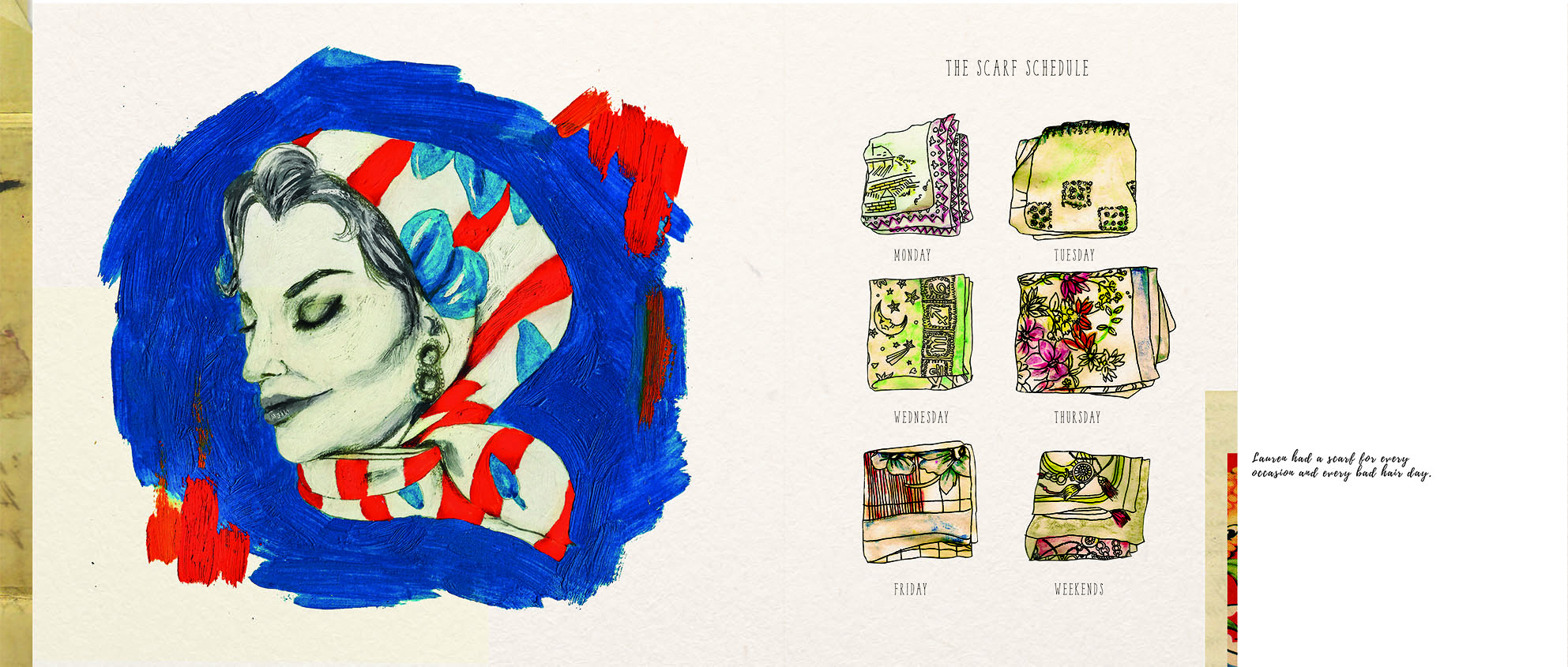
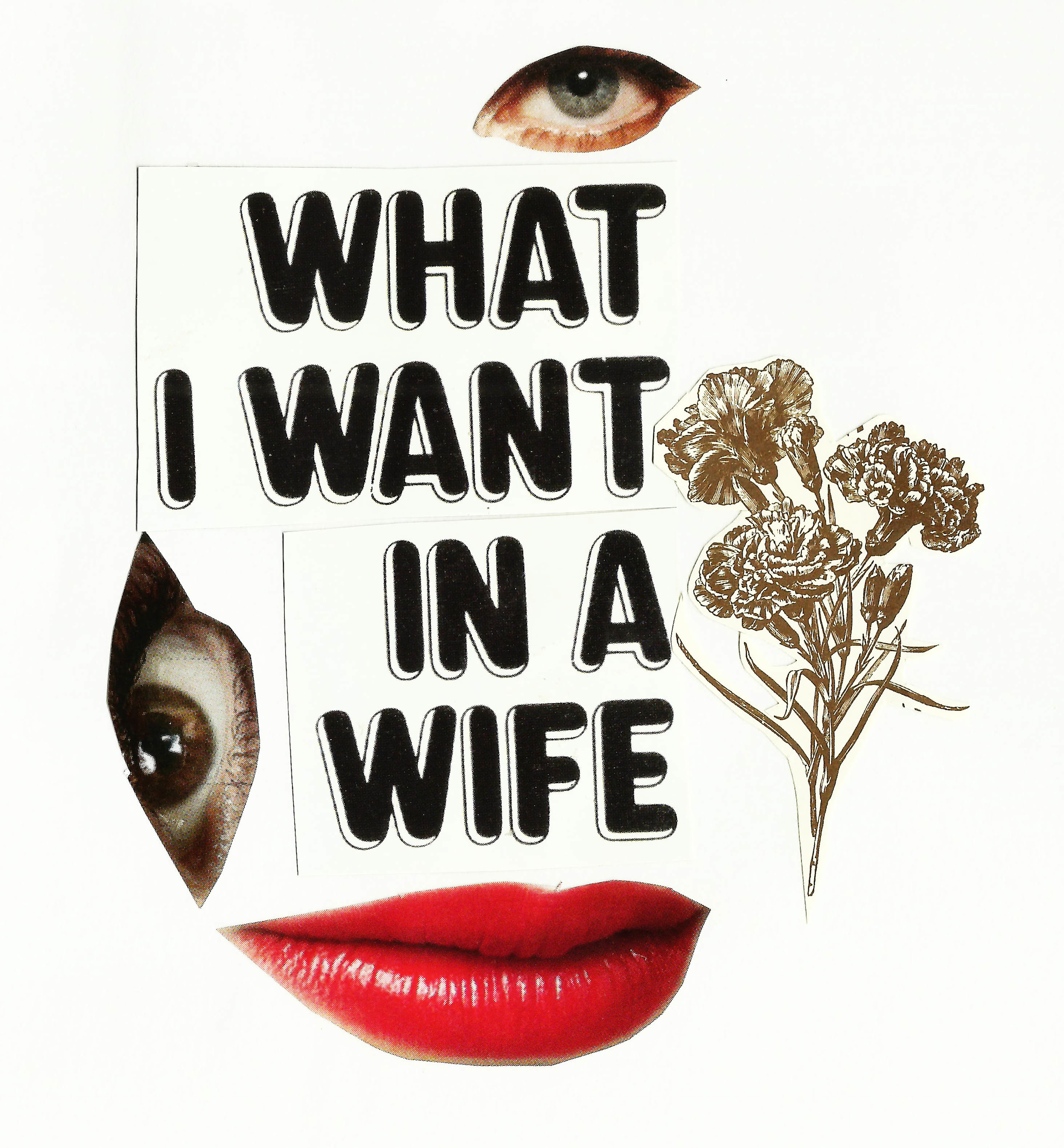
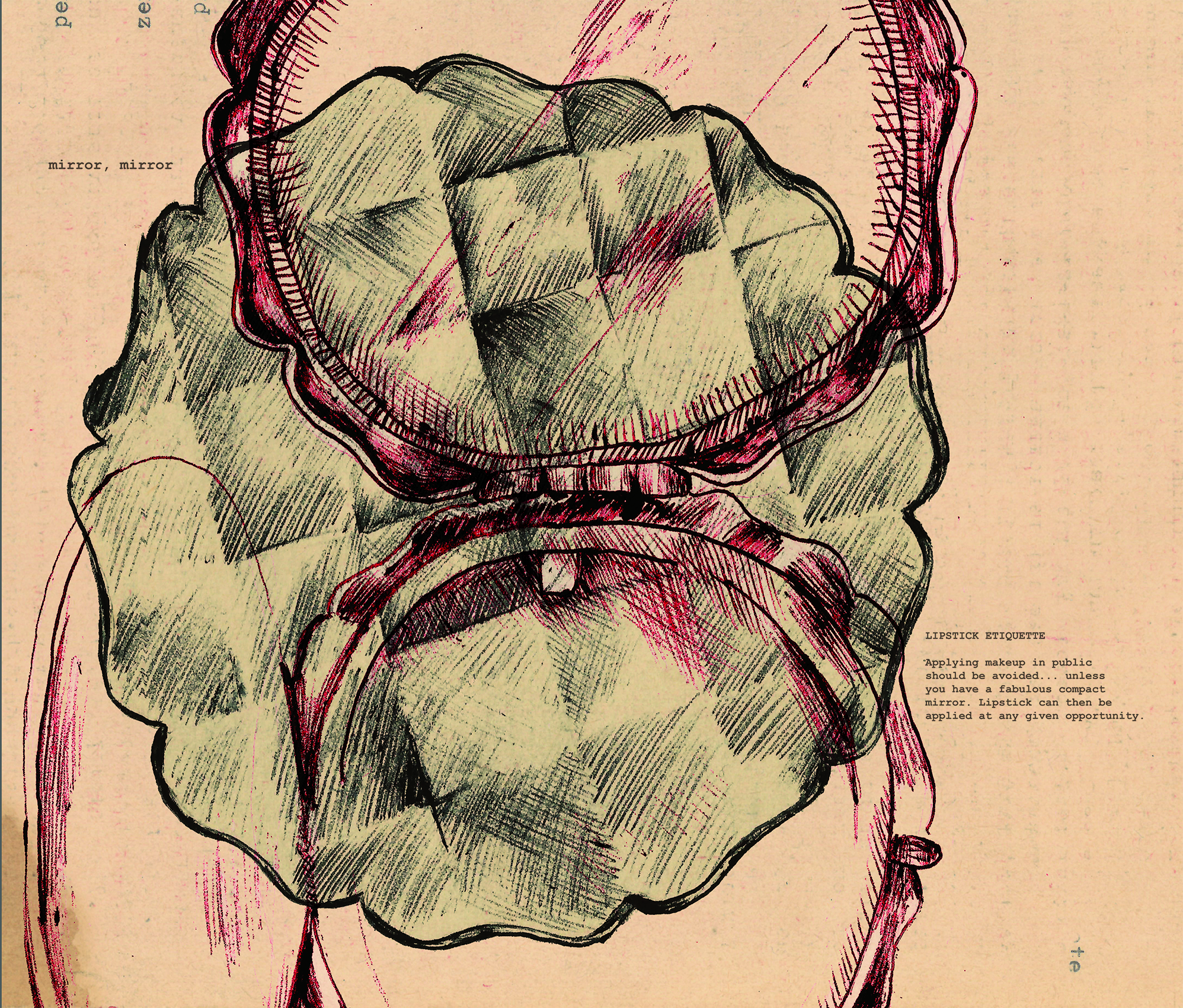
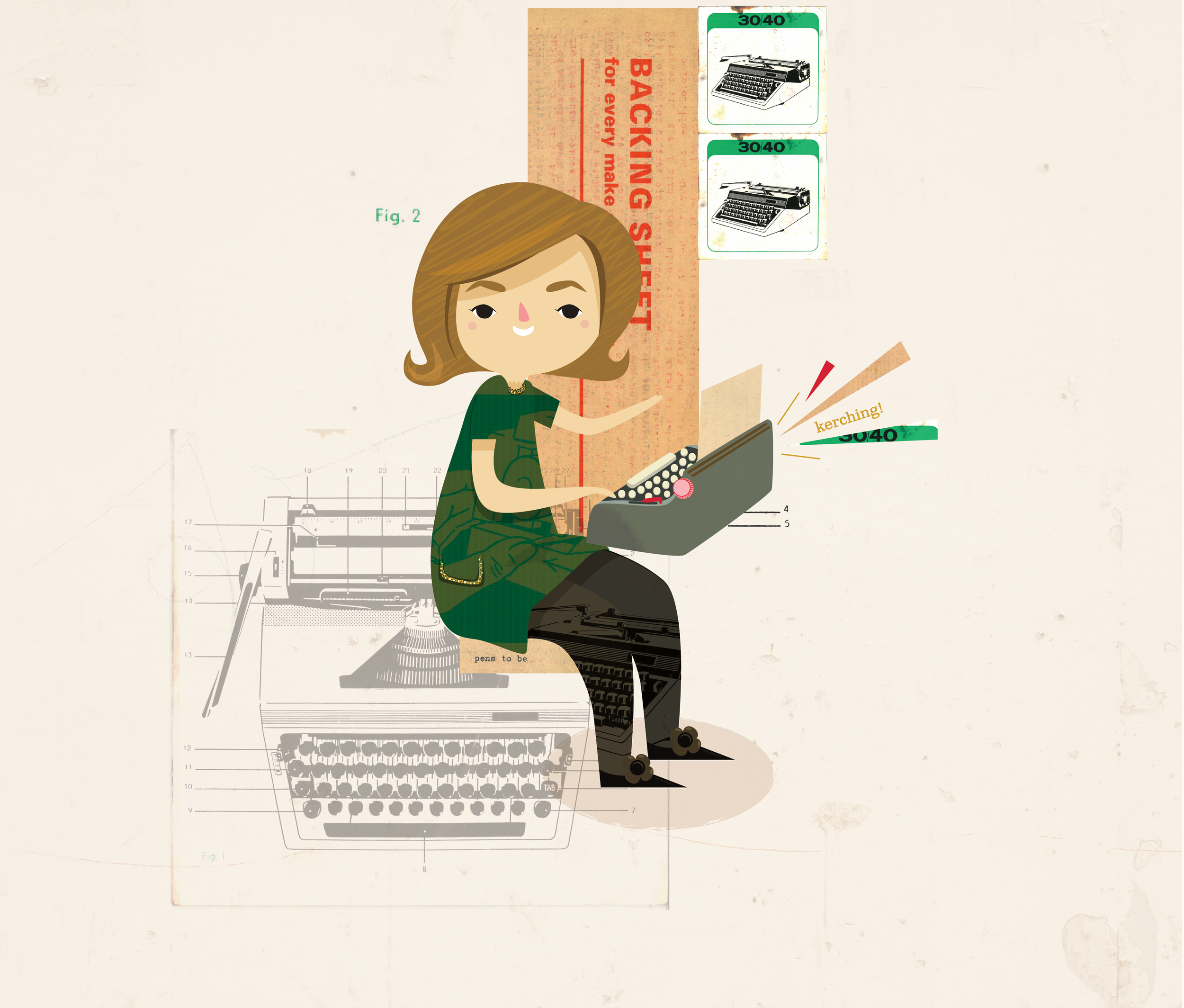

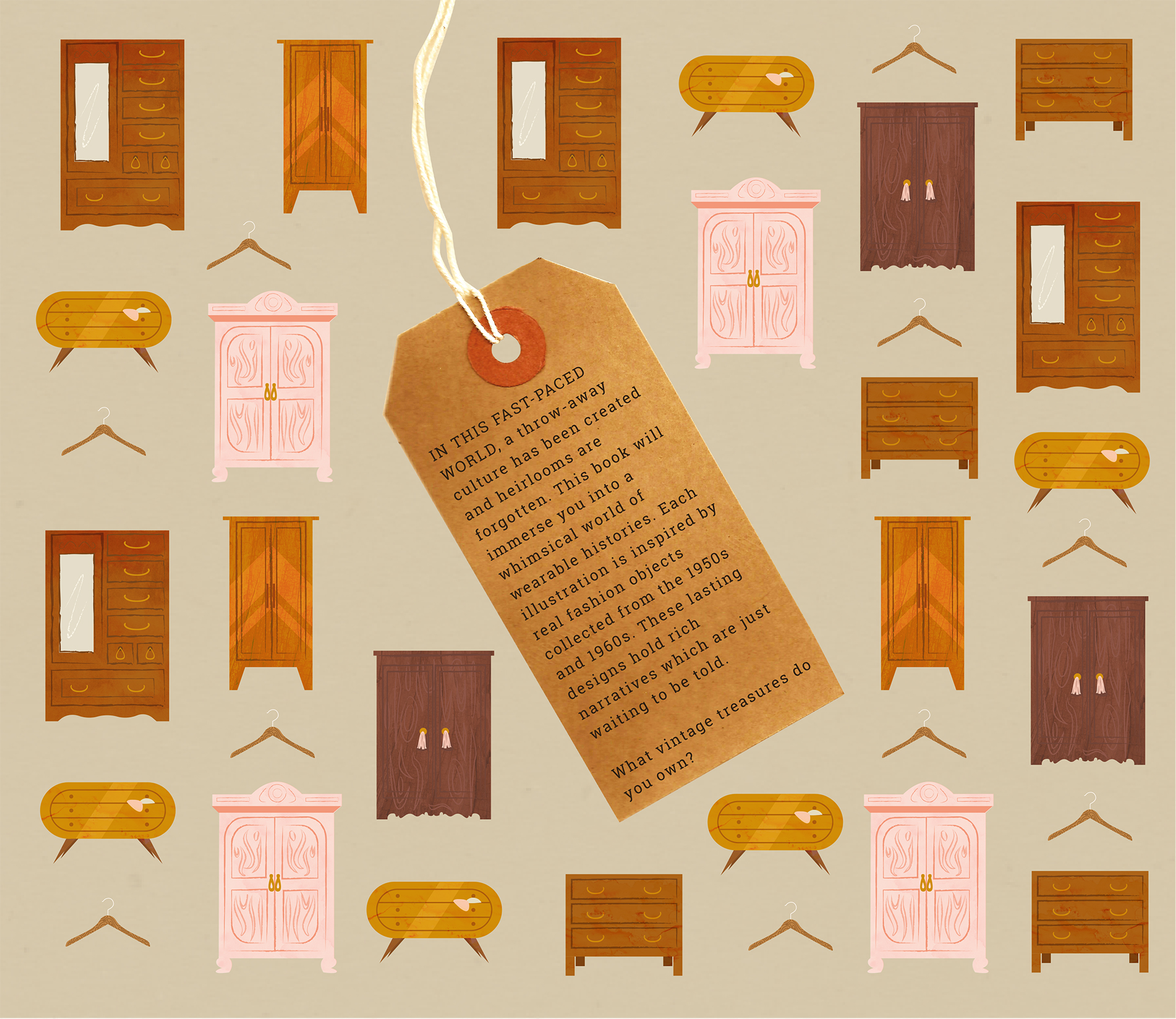
The exhibition
An exhibition featuring the clothes that inspired the book would also be a conceptual outcome of this project. It provides a more social touch-point for the audience and is branded using the Wearable Histories branding to tie together fashion, narrative and illustration.
The exhibition would be held at Salts Mill, Bradford, in their 1853 Gallery which currently stocks a variety of art books, ceramics, and paintings. As all the pieces depicted have been collected from a variety of places around Yorkshire it makes good sense to bring them together in the former textile mill in Bradford. The space is beautiful and contains traditional features from its days as a mill. This can be seen in the photos below that were taken by myself on my last visit to the gallery.
The following shows a mock-up of the exhibition layout. The objects would be placed throughout the gallery alongside super-scaled versions of their coinciding illustrations. The animation would be projected at the back of the gallery with a small seating area. Vintage-inspired products would also be sold at the exhibition as a way to allow visitors go home with their own fashion objects.
The silk scarves
These scarves measure 90cm x 90cm and are printed on silk de chine. The designs tell stories of 1950s and 1960s housewives.
The animation
The animation was created using Adobe After Effects and depicts the story of a nurse’s belt buckle purchased from Fattorini and Sons in Leeds during the 1960s. The animation is a story based mainly on facts rather than my imagination due to the large amount of primary research I collected. The belt buckle was passed down to me from my Grandma who I used as a resource to tell the story of the nurse’s uniform during the 1960s. The animation includes real voice recordings from my Grandma.
The animation would be shown in the exhibition alongside the belt buckle.

